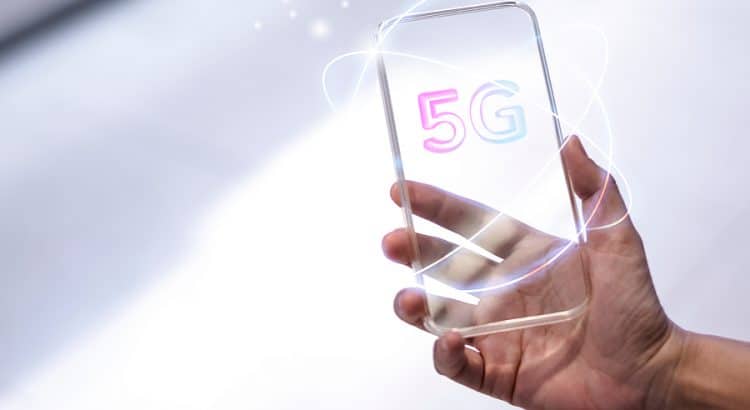In a press release today, Altice USA announced that Altice Mobile will rebrand as Optimum Mobile. The change is slotted to take place this Sunday, July 25.
It looks like the rebrand is part of a broader effort to consolidate Altice USA’s businesses under the Optimum name:
While I’ve been critical of some of the marketing behind Altice Mobile, I expect Alice/Optimum Mobile’s subscriber base will continue to see significant growth.








